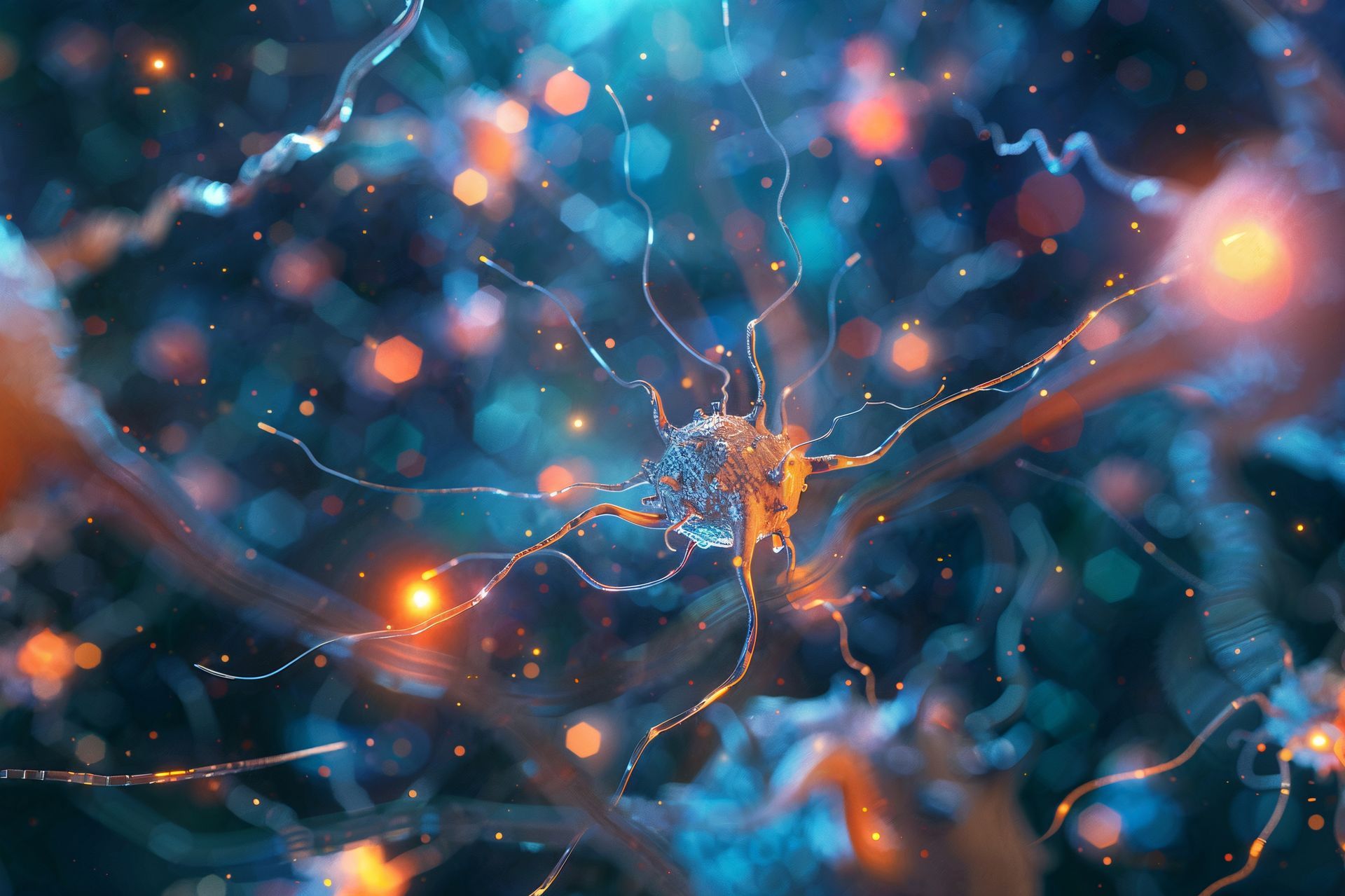The Expanding Role of GLP-1 Receptor Agonists in CNS Clinical Research
(GLP-1 RAs), initially developed for the treatment of type 2 diabetes, have rapidly become a focal point in central nervous system (CNS) clinical research. Once recognized primarily for their role in glycemic control and weight loss, GLP-1s are now being investigated for their potential in addressing complex neurological and psychiatric conditions, including substance use disorders (SUDs) and neurodegenerative diseases. This shift underscores a broader trend toward repurposing metabolic drugs for CNS-related applications, supported by a growing body of clinical and pre-clinical evidence.
GLP-1 agonists mimic the GLP-1 hormone, which is released in the gastrointestinal tract in response to food intake. These drugs stimulate insulin secretion, inhibit glucagon release, and slow gastric emptying—mechanisms that contribute not only to improved blood sugar control but also to appetite suppression and satiety. As a result, GLP-1s have proven effective in promoting weight loss, leading to their approval for use in individuals with obesity, even in the absence of diabetes.
However, beyond their metabolic benefits, GLP-1s have demonstrated unexpected effects on the brain. These include reduced alcohol consumption and decreased tobacco use in patients using GLP-1 therapies such as semaglutide. Anecdotal reports and retrospective studies suggest a significant reduction in the incidence and recurrence of alcohol use disorder (AUD), with some patients reporting altered alcohol taste, quicker satiety, and diminished desire to consume alcohol or cigarettes. These findings have sparked intense interest from institutions such as the National Institute on Alcohol Abuse and Alcoholism (NIAAA) and the National Institute on Drug Abuse (NIDA).
The biological plausibility of these findings lies in the wide distribution of GLP-1 receptors (GLP-1Rs) throughout the brain, including regions associated with reward and addiction. Pre-clinical studies in rodents support these observations, demonstrating that GLP-1 RAs like semaglutide reduce alcohol consumption, modulate GABA neurotransmission, and suppress the rewarding effects of addictive substances. Furthermore, meta-analyses reveal that GLP-1s may influence dopamine and glutamate pathways, mechanisms central to the neurobiology of addiction.
Current and future CNS clinical trials are evaluating GLP-1 RAs for a variety of conditions beyond traditional metabolic indications. These include alcohol and cocaine use disorders, opioid use disorder, smoking cessation, and even neurodegenerative diseases like Alzheimer's and Parkinson’s. Clinical trial designs typically exclude individuals undergoing detoxification or receiving medication-assisted treatments, focusing instead on outpatient populations with moderate to severe SUDs.
Assessment methods in these trials are both quantitative and qualitative, incorporating tools such as the Timeline Follow-Back (TFLB) for substance use tracking, patient diaries, craving assessments, and observer reports. These methodologies aim to capture not only changes in substance consumption but also shifts in subjective experiences and side effects.
In conclusion, the rise of GLP-1s in CNS research represents a promising convergence of metabolic and neuropsychiatric medicine. As evidence continues to mount, GLP-1 receptor agonists may emerge as a versatile class of therapeutics capable of addressing some of the most persistent challenges in mental health and addiction treatment. Their expanding role underscores the need for interdisciplinary approaches in drug development and clinical research, bridging the gap between endocrinology and neuroscience.
About the Author
Djouher Hough, Psy.D.,
Executive Director of Clinical Sciences at CRC

Dr. Hough brings over 15 years of experience in clinical psychology and CNS research, with deep expertise in schizophrenia, substance use disorders, MDD, and psychedelic therapeutics. She has contributed to three FDA approvals in schizophrenia, led key substance use disorder trials as a principal investigator, and played an instrumental role in protocol development, Human Abuse Liability research, and consultation on “go-to-clinic” strategies for NIDA, NINDS, and NIH grants. At CRC, she leads scientific strategy and cross-functional collaboration to support the advancement of novel treatments in psychiatry and addiction.


